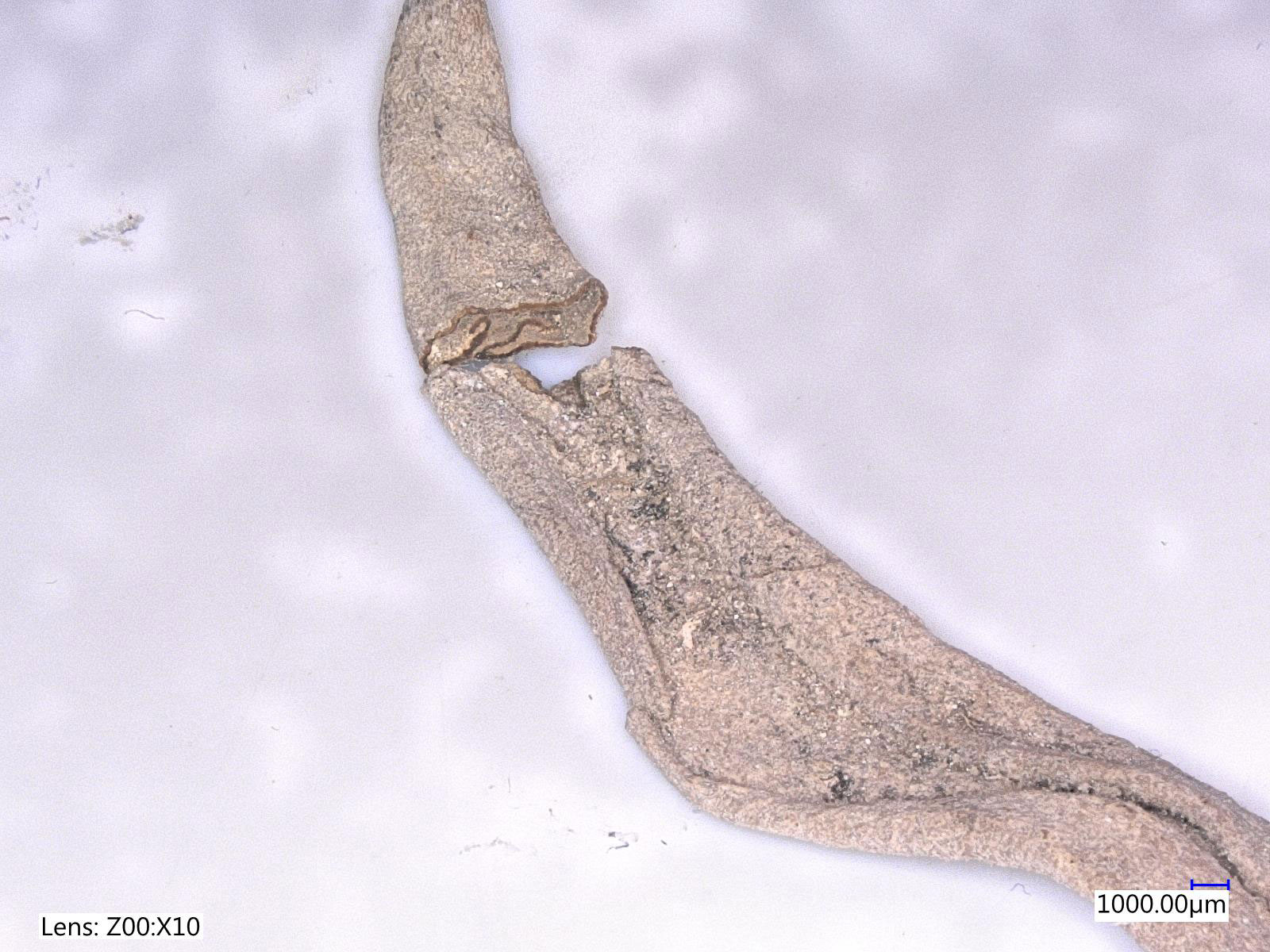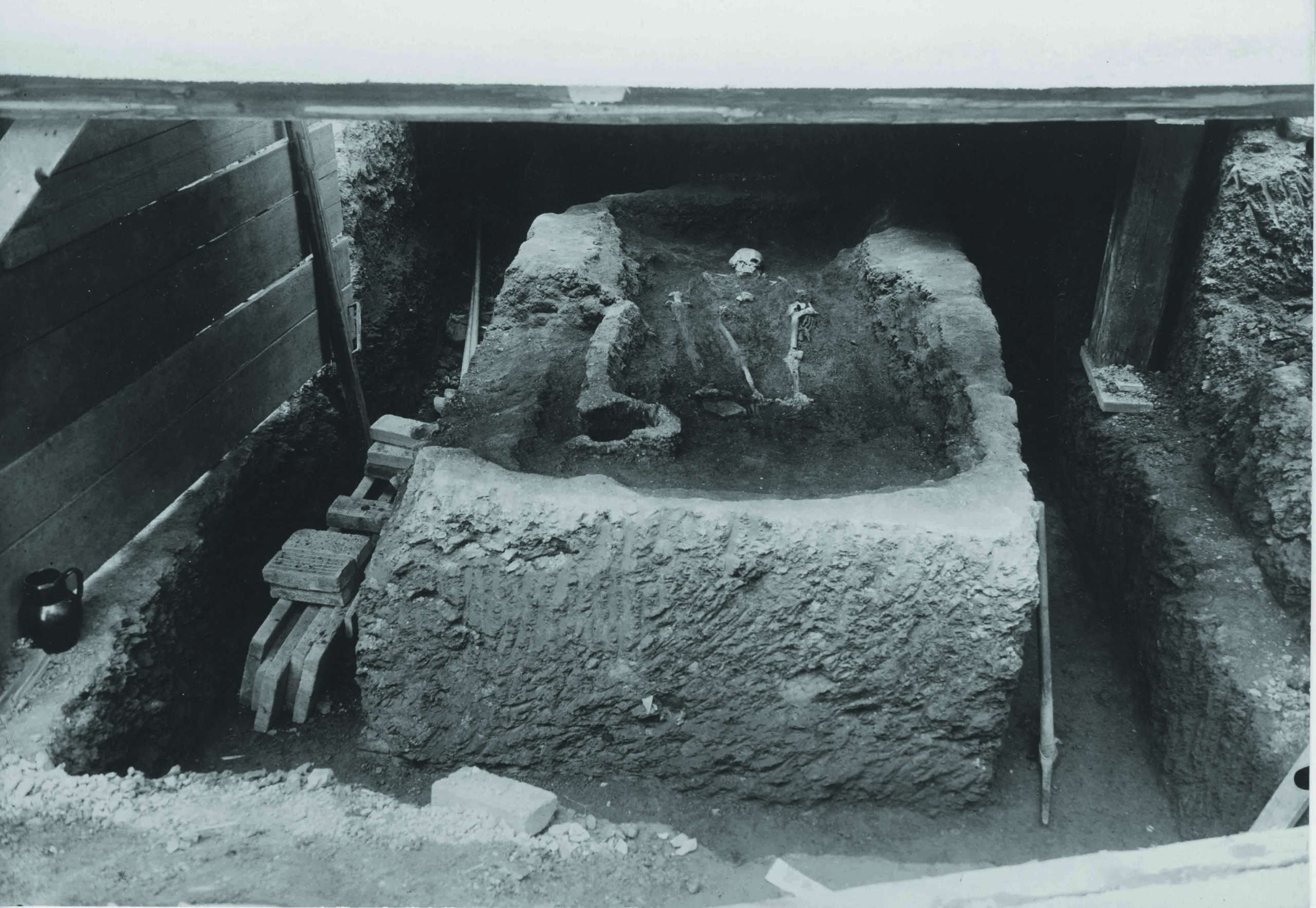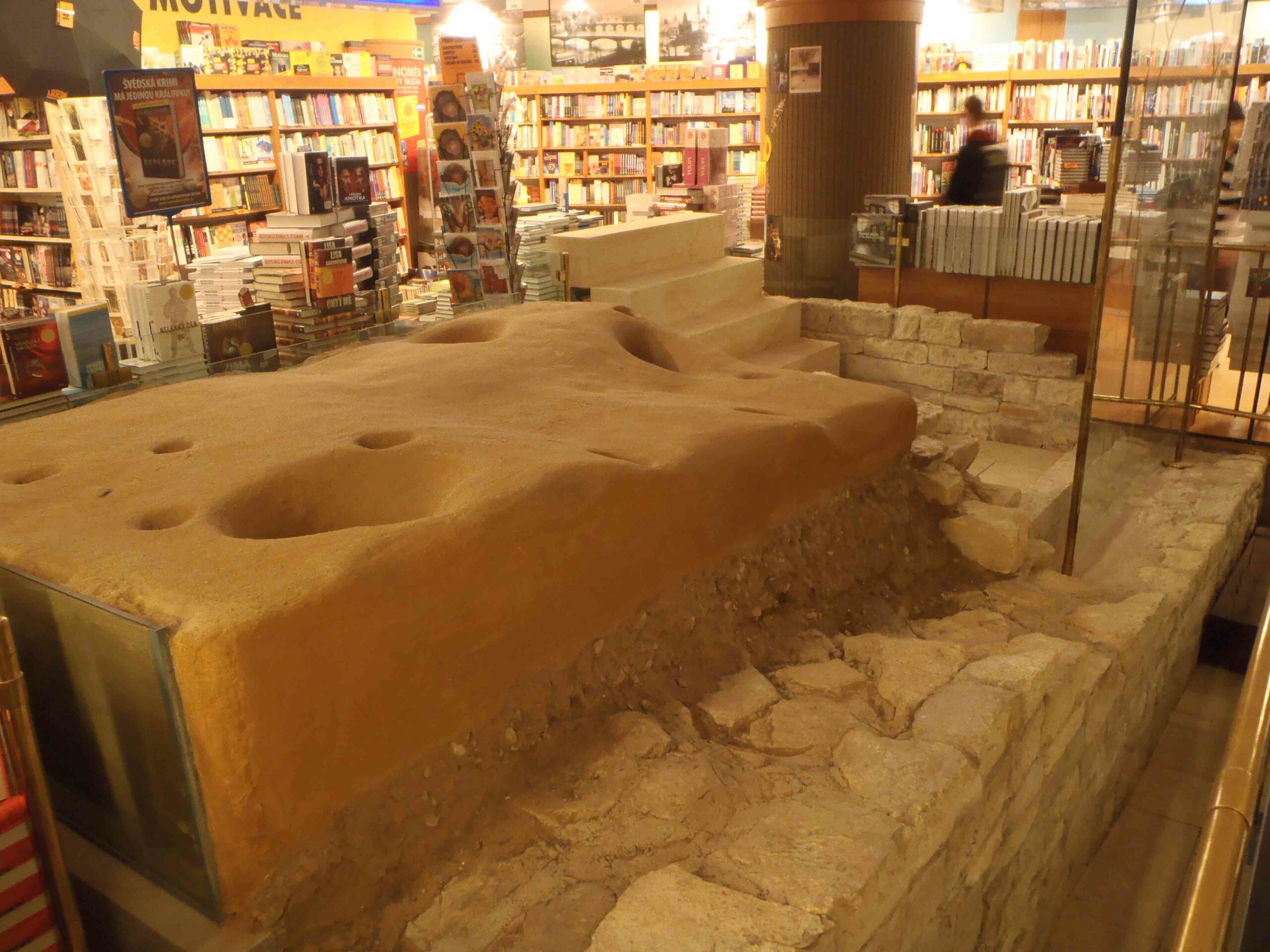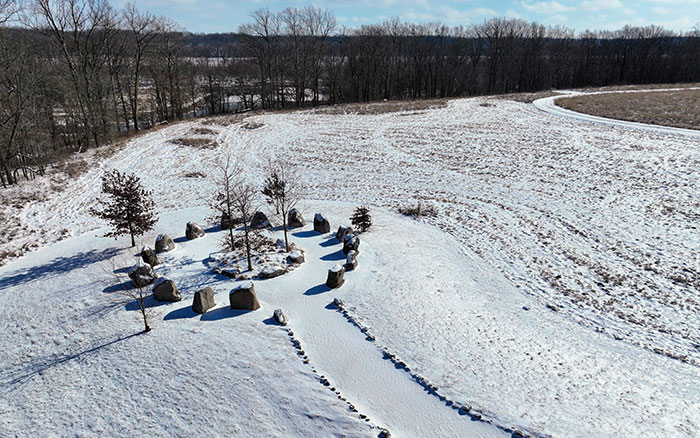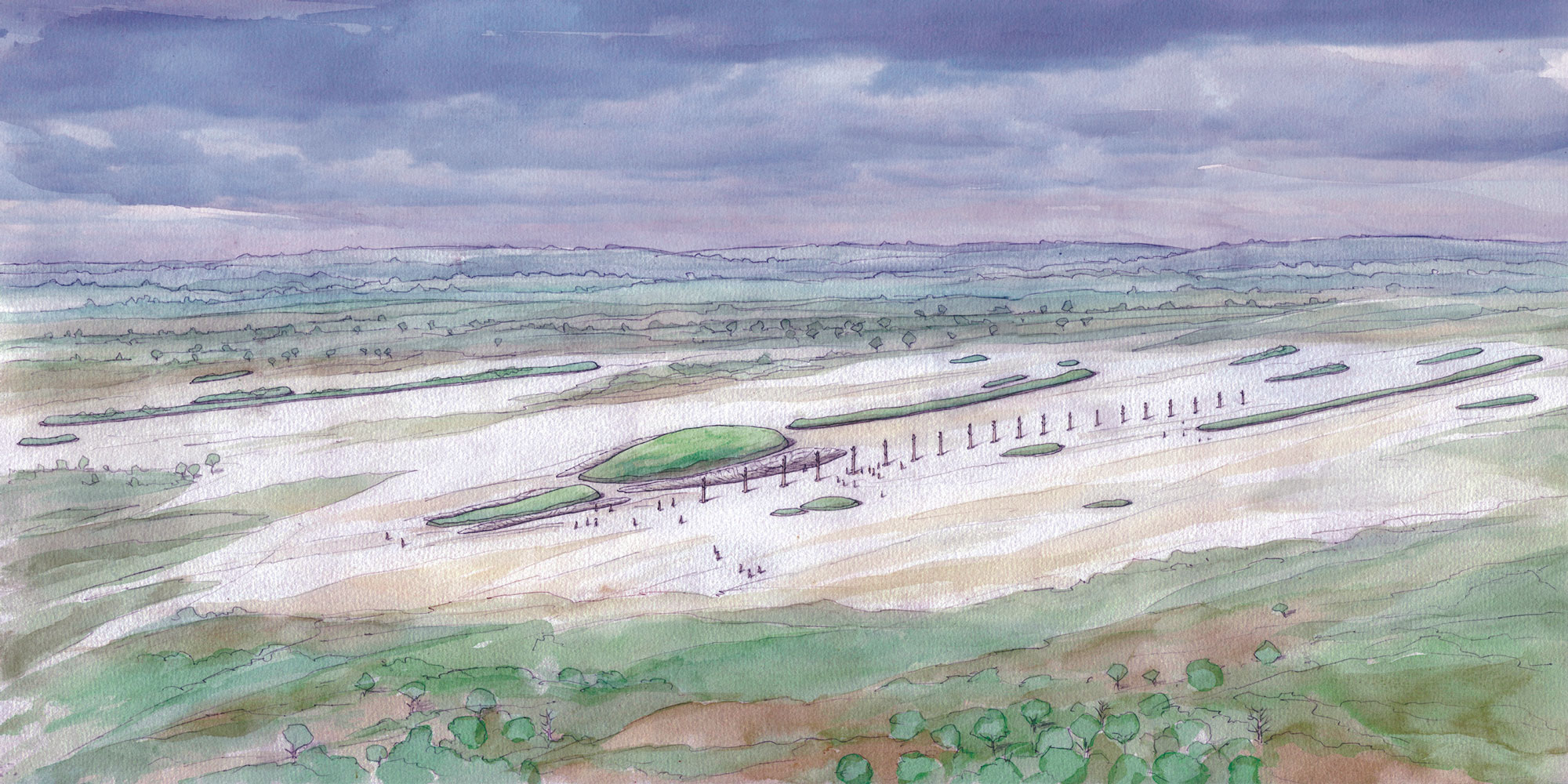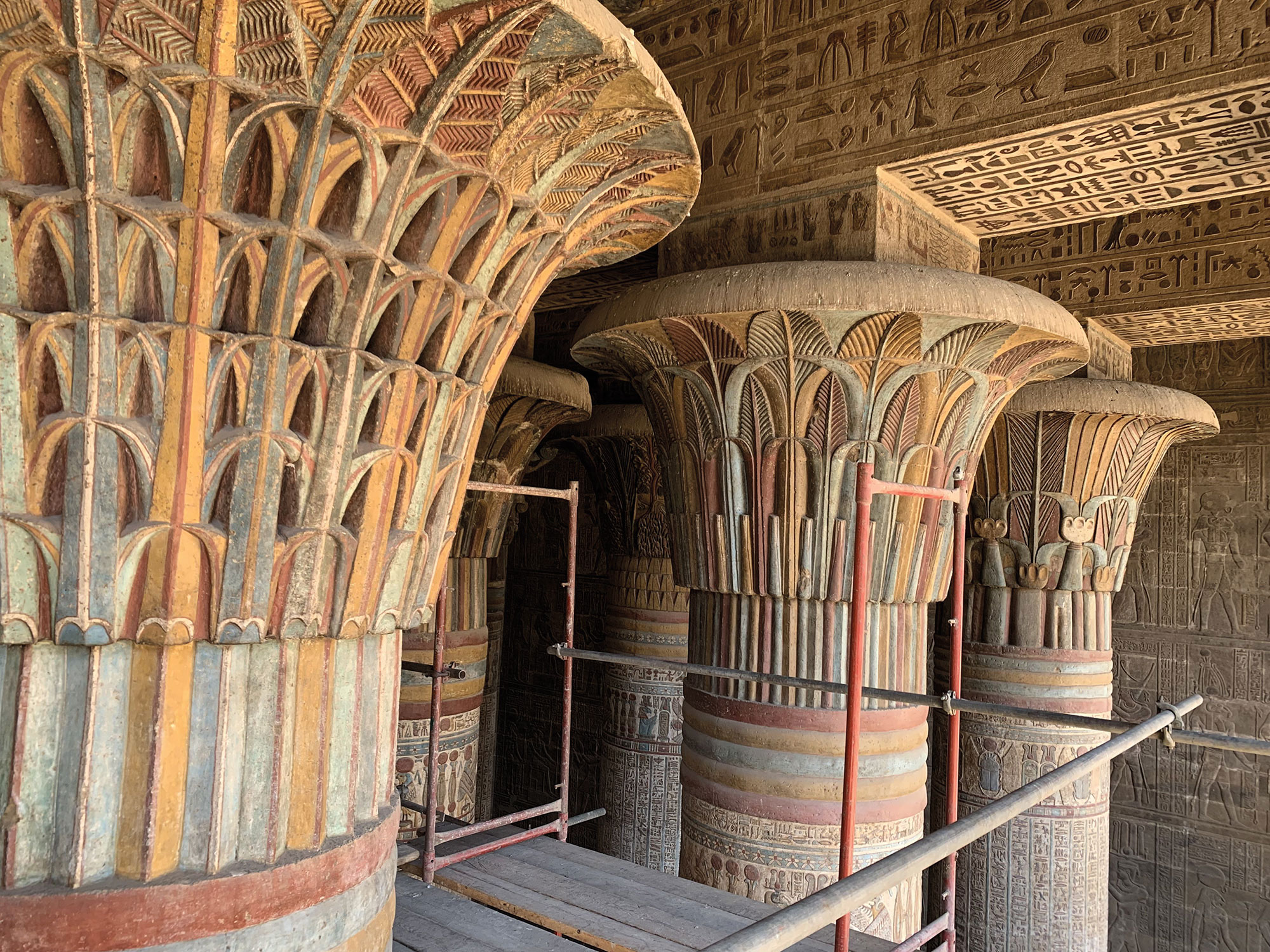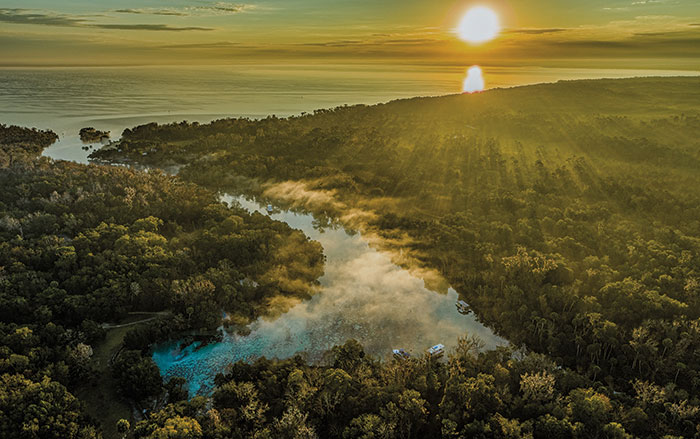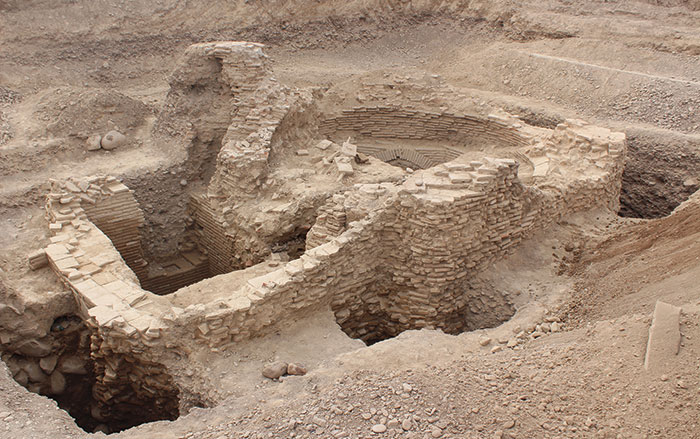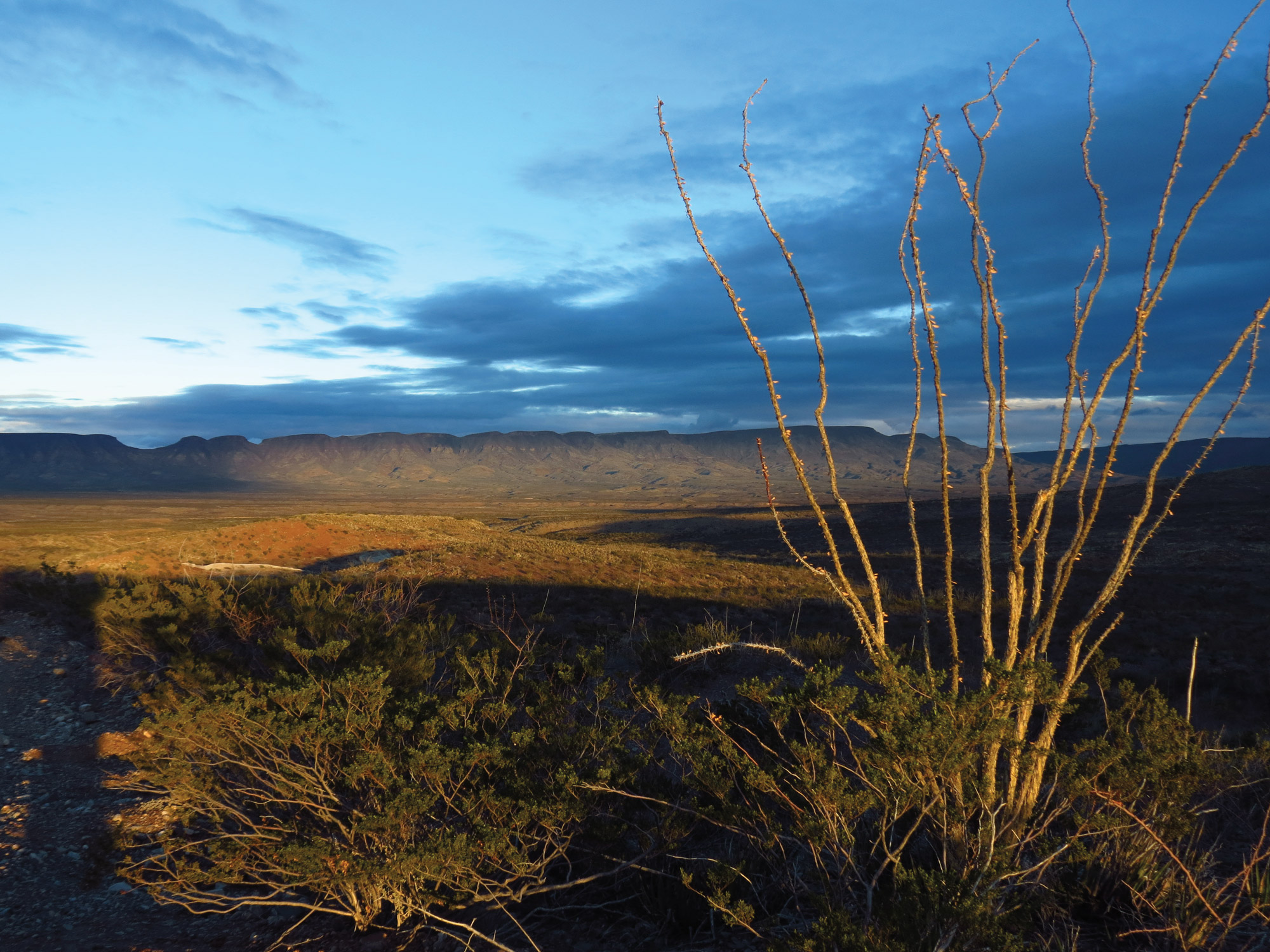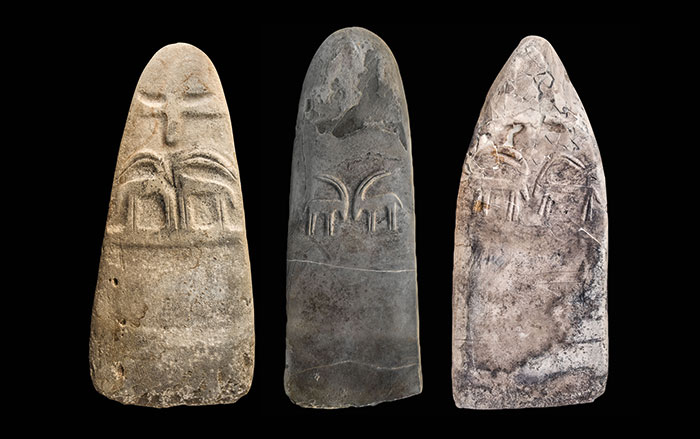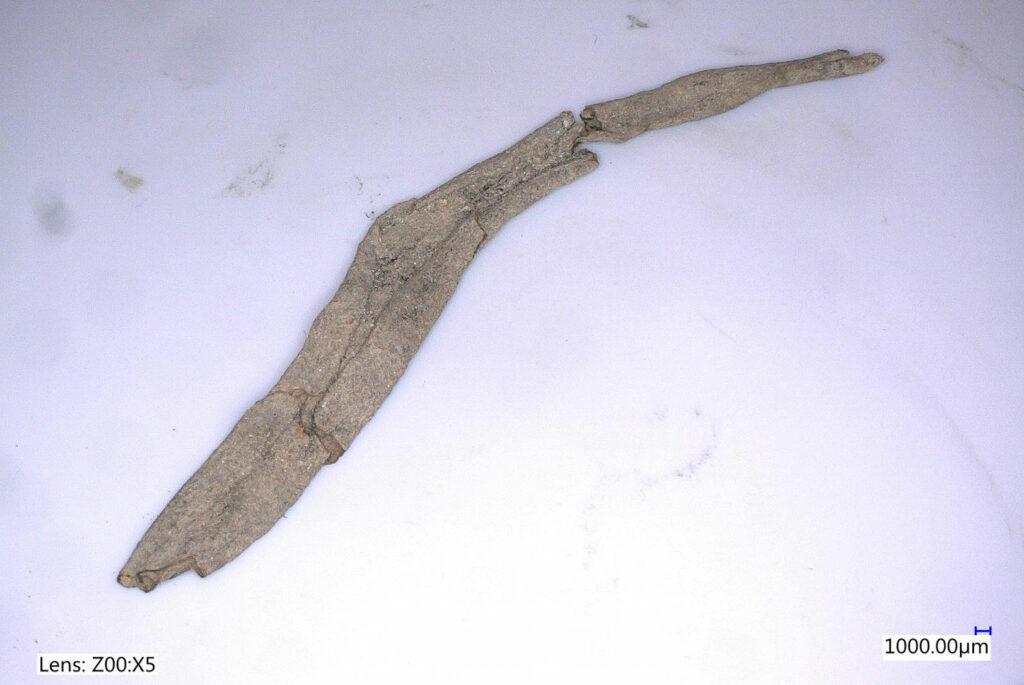
PRAGUE CASTLE, CZECH REPUBLIC—La Brújula Verde reports that excavations within Prague Castle yielded the oldest vanilla bean pod in Europe. Mesoamerican cultures such as the Maya and Aztecs had used vanilla for centuries, but the pods only came to the attention of Europeans after the Spanish conquest of Mexico in 1521. Chemical analysis confirmed the existence of a dried vanilla pod in a waste deposit in the castle's Vladislav Hall. Radiocarbon dating indicates that it was placed there between 1513 and 1666, a time that coincided with the reign of Holy Roman Emperor Rudolf II. This is the earliest known example of the plant’s presence on the continent. During the sixteenth century, most trade routes were dominated by the Portuguese or the Spanish, so it is unknown how the vanilla pod ended up so far inland. Rudolf II was known to be a passionate collector of objects, so his court may have acquired it indirectly through merchants operating between Spain, Italy, and the territories of the Holy Roman Empire. This would suggest that the monarch was capable of bringing in products from the Americas via lesser-known routes. The vanilla may have been part of alchemy experiments, as it was considered a rare and valuable ingredient, perhaps used in the preparation of tonics or perfumes. To read about an important past discovery in the castle, go to "The Man in Prague Castle."


